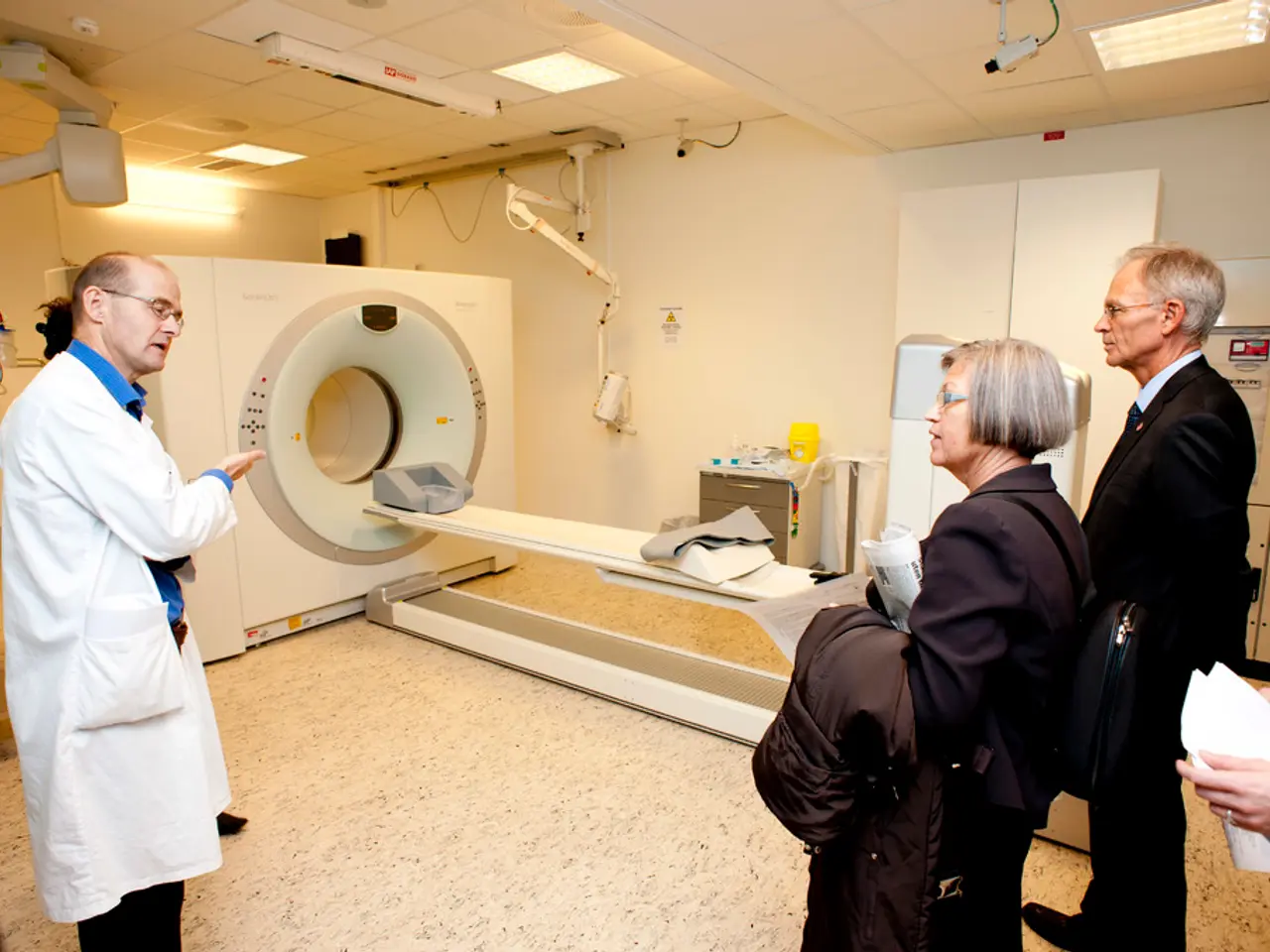Cosmetic ear surgery, or otoplasty: its purpose, advantages, and what it involves explained
In the realm of cosmetic surgeries, one procedure that has gained significant attention is otoplasty, a surgical reshaping of the pinna, or outer ear, to correct irregularities or improve appearance. This procedure, often sought after for its ability to boost self-confidence and social comfort, has been found to be safe, effective, and popular, with over 23,000 procedures performed in the United States alone in 2018.
Common reasons for choosing otoplasty include prominent or protruding ears, asymmetrical ears, congenital deformities, and a desire to address concerns about ear size, shape, or position. Prominent ears, which can cause self-consciousness and affect hairstyle choices, are particularly common, affecting around 50% of Caucasian people.
The aim of otoplasty is to bring the ears closer to the side of the head, reducing their prominence. This procedure can be performed on individuals of any age, but is often done when a child is 5-6 years old and their ears' growth is complete. The procedure takes around 1-2 hours.
Recovery time varies but generally includes taking a few days off from work or school to rest. Patients are advised to avoid strenuous exercise, heavy lifting, and contact sports for several weeks post-surgery to allow ears to heal properly. The procedure can be done under local or general anesthesia, with a general anesthetic used for a child and a local anesthetic for an adult.
After surgery, patients can expect some initial discomfort, swelling, or bruising, which typically subsides over time. Most people experience long-lasting results and significant boosts in self-esteem after full recovery. The incision leaves a thin scar behind the ear, which fades over time.
It's important to note that while otoplasty is usually safe and successful, with high satisfaction rates, it is purely cosmetic and insurance rarely covers it. The average cost in 2020 was $3,220. Possible complications include infection, hematoma, recurrence, unsatisfactory appearance, numbness, and damage to the cartilage.
In some cases, ear molding or splinting, a safe, simple procedure for infants within the first few weeks of life to reshape the soft cartilage of the ears, can be an effective alternative to surgery. However, after 6 months, the cartilage in the ear becomes too hard for remodeling with splints, and surgery becomes the only treatment option.
In conclusion, otoplasty is a safe, effective surgery to correct ear shape and position, leading to improved appearance and self-confidence for both children and adults. As with any surgical procedure, it's crucial to consult with a qualified professional to discuss the potential benefits, risks, and costs involved.
- Aiming to enhance health-and-wellness, individuals may consider fitness-and-exercise routines, but for some, improvements might be in the realm of cosmetic surgeries.
- After the successful completion of otoplasty, which is a type of ear surgeries, many patients report significant boosts in their self-esteem and confidence level.
- Proper skin-care is crucial during the recovery period following any surgical procedure, including otoplasty, to minimize scarring and promote healing.
- Beyond ear surgeries, concerns about appearance and overall health could also involve nutrition, as a balanced diet and proper hydration can support the healing process and overall well-being.




